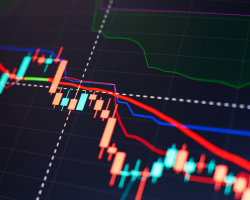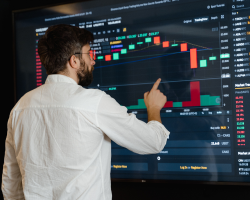The Forex Blueprint: Strategies, Structures, and Success
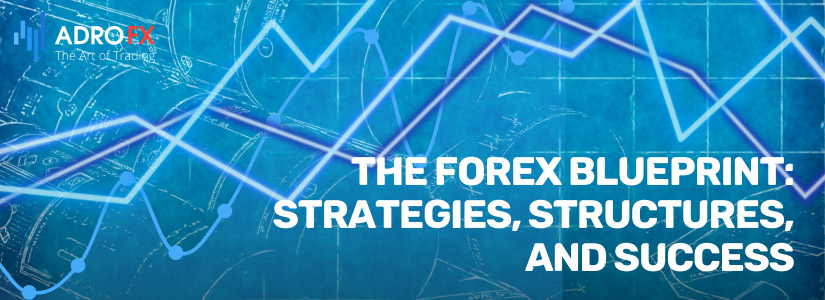
Welcome to the dynamic world of forex, an abbreviation for foreign exchange, which stands as the largest and most liquid financial market globally. In this vibrant arena, participants from around the world engage in the trading of currencies based on exchange rates, fostering international trade and investment. Key components of forex trading encompass diverse currency pairs, from EUR/USD to USD/JPY, and a myriad of participants, ranging from central banks to individual traders. With trading sessions spanning 24 hours across various time zones, the forex market offers a continuously evolving landscape for those navigating its complexities.
In this introductory section, we aim to provide you with an overview of the forex market. In the following sections, we will delve into the intricacies of market participants, explore trading strategies, analyze market structures, and understand the pivotal role of forex brokers. As we proceed, you can expect valuable insights for both beginners and experienced traders.
Introduction To Forex
Forex, short for foreign exchange, stands as the world's largest and most liquid financial market where global participants trade currencies based on exchange rates, facilitating international trade and investment. Key components of forex trading include currency pairs like EUR/USD, market participants ranging from central banks to individual traders, and 24-hour trading sessions across different time zones.
Trading is facilitated through brokers, acting as intermediaries between retail traders and the interbank forex market. Brokers provide trading platforms, tools, and leverage access, enabling participation with smaller capital amounts. Leverage allows control of larger positions with less capital, amplifying profits but increasing the risk of significant losses, necessitating cautious use.
Successful forex trading involves a mix of fundamental and technical analysis. Fundamental analysis considers economic indicators, interest rates, and geopolitical events, while technical analysis studies historical price charts and patterns to predict future movements. Risk management is critical, with strategies like stop-loss orders to limit potential losses and maintaining a clear risk-reward ratio.
Currency pairs include major (widely traded currencies like USD, EUR, JPY), minor (excluding USD), and exotic pairs (involving one major currency and one from a smaller economy). Forex trading offers profit opportunities but involves risks, necessitating trader education, a well-defined trading plan, and practice with demo accounts before live trading. The dynamic nature of the forex market requires continuous learning and adaptation to changing conditions.

Players In The Forex Market and Their Roles
The forex market, as the largest and most liquid financial market globally, boasts a multitude of participants, each contributing to its dynamic nature. These diverse players fulfill distinct roles, actively shaping market behavior and influencing the values of currencies.
Central Banks wield considerable influence by implementing monetary policies, adjusting interest rates, and directly intervening in the market to stabilize or manipulate their national currencies. Concurrently, commercial banks act as market makers, ensuring liquidity and facilitating transactions. Their involvement extends to offering advisory services, assisting corporations in managing currency exposure through hedging strategies.
Governments play a pivotal role by impacting the forex market through fiscal policies and interventions. Decisions related to taxation and government spending influence economic health, subsequently affecting currency values. Interventions by governments may address imbalances or prevent excessive currency appreciation or depreciation.
Corporations engaged in international trade leverage the forex market for risk management, employing hedging strategies to mitigate the impact of currency fluctuations on their operations. In contrast, hedge funds and asset managers diversify portfolios and engage in speculative trading to attain returns.
Retail traders participate for speculative purposes, seeking profits from currency price movements and employing various risk management techniques to safeguard their capital. Brokers play a crucial role in facilitating retail traders' access to the market, providing trading platforms and executing trades. Some brokers also act as liquidity providers.
Market makers ensure liquidity by quoting bid and ask prices, facilitating transactions, and managing exposure. Speculators, including individual traders, hedge funds, and proprietary trading firms, engage in short-term strategies, often informed by technical or fundamental analysis.
Algorithmic and high-frequency traders leverage automated systems for short-term trading, exploiting market inefficiencies such as arbitrage. Clearing houses play a vital role in risk mitigation and settlement, ensuring the financial integrity of trades and reducing counterparty risk.
Comprehending the complexity of the forex market requires an understanding of the roles and motivations of these diverse participants. The interconnectedness of these players creates an environment where the actions of one can significantly impact others, contributing to overall market movements. Whether it's central banks implementing policies, retail traders speculating on price movements, or clearing houses facilitating settlement, each participant plays a crucial role in shaping the dynamics of the forex market.
Exploring the Dynamics of Forex Market Structure
Unraveling the intricacies of the forex market structure requires a thorough examination of diverse elements, encompassing price levels, market trends, price patterns, and time frames. These components collaboratively contribute to shaping a robust trading strategy, empowering traders to make well-informed decisions.
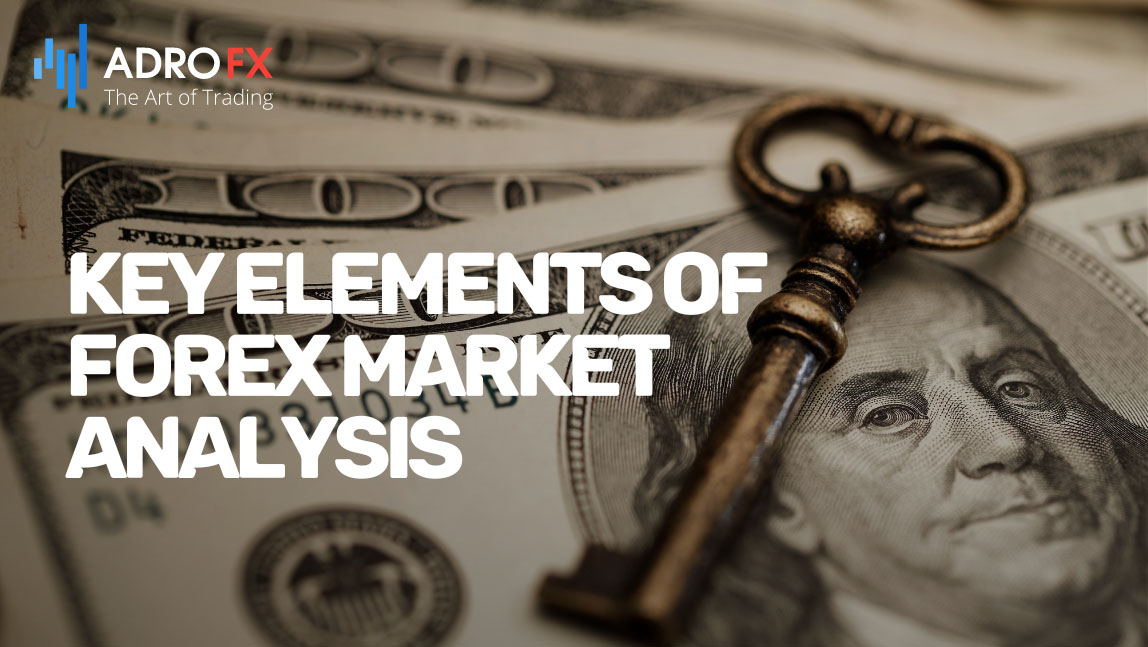
Key Elements of Forex Market Analysis:
- Price Levels
An essential aspect of forex analysis is a profound understanding of key price levels. Support and resistance levels serve as historical indicators where prices have previously stalled or reversed. Recognizing these levels equips traders to anticipate potential turning points, establishing effective entry and exit positions.
- Market Trends
Analyzing market trends is paramount for determining the prevailing direction of a currency pair - whether it's an upward (bullish), downward (bearish), or sideways (neutral) trend. Traders utilize tools like trendlines, moving averages, and trend indicators to identify and confirm trends, emphasizing the need to gauge trend strength and anticipate potential reversals.
- Price Patterns
Price patterns manifest as formations on price charts, offering insights into potential future price movements. Common patterns, such as triangles, flags, head and shoulders, and double tops or bottoms, assist traders in identifying trend continuation or reversal points. This understanding is crucial for formulating effective entry and exit strategies.
- Time Frames
Examining various time frames is a fundamental aspect of forex market analysis. Short-term charts, like 5-minute or 1-hour charts, are valuable for intraday trading, while longer-term charts, such as daily or weekly, provide comprehensive insights into broader trends, aiding traders in gaining a holistic view of market conditions.
- Candlestick Patterns
Candlestick patterns provide valuable information about market sentiment. Patterns like doji, engulfing, and hammer offer insights into potential reversals or continuations. Traders often combine candlestick patterns with other technical indicators for a more comprehensive analysis.
- Fibonacci Retracements
Utilizing Fibonacci retracement levels helps identify potential reversal points in a trend. These levels, based on the Fibonacci sequence, assist traders in pinpointing entry and exit levels with a higher probability of price reversal.
- Moving Averages
Moving averages, including simple moving averages (SMA) and exponential moving averages (EMA), smooth out price data, simplifying trend identification. Traders use crossovers of different moving averages to signal potential trend reversals.
- Trend Channels
Trend channels, defined by parallel trendlines, encapsulate price movements within a specified range. Identifying upper and lower bounds of a channel aids traders in setting profit targets and stop-loss levels by anticipating potential breakout or breakdown points.
- Volatility Analysis
Understanding market volatility is crucial for effective risk management. Volatility indicators, such as Bollinger Bands, provide insights into market price fluctuations. Traders can adjust strategies based on prevailing volatility conditions to optimize trade entries and exits.
In conclusion, mastering the analysis of the forex market structure demands a holistic approach, incorporating technical tools, price action, and a profound understanding of market dynamics. Whether identifying crucial price levels, recognizing trends, or navigating diverse time frames, a comprehensive analysis enhances a trader's ability to navigate the dynamic currency markets and capitalize on opportunities.
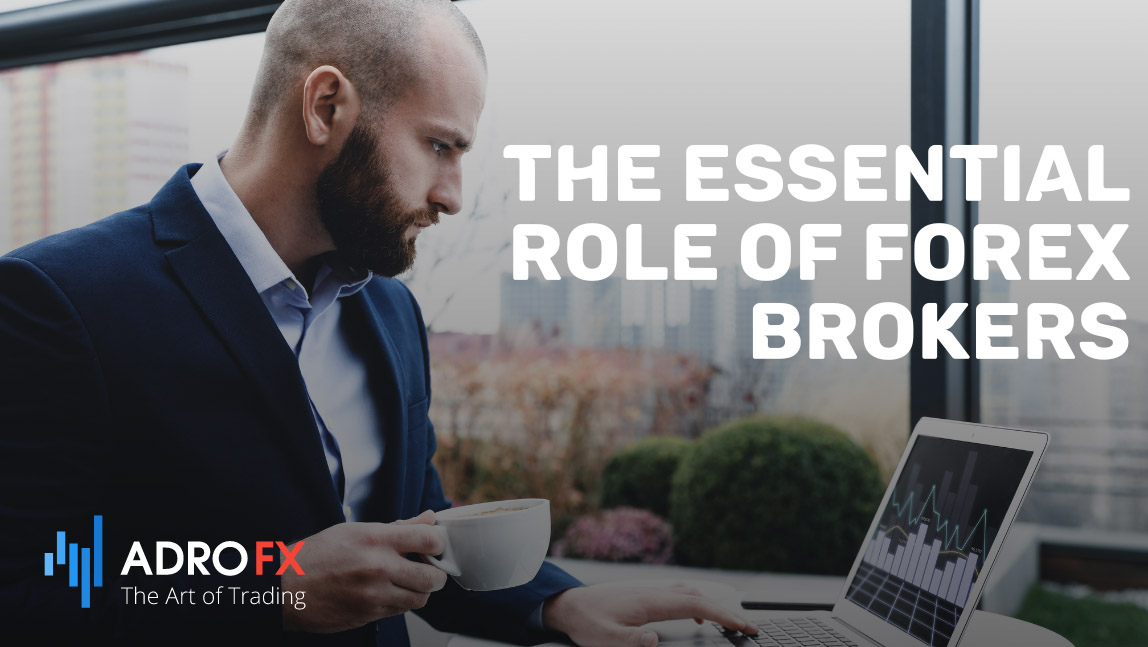
The Essential Role of Forex Brokers
Forex brokers play a pivotal role in empowering individuals to engage in currency trading by acting as intermediaries between retail traders and the expansive financial markets. Here are key aspects illuminating the indispensable role of forex brokers:
- Market Access
Forex brokers provide retail traders with direct access to the global currency market. Through their platforms, individuals can seamlessly buy or sell currency pairs, participating actively in the dynamic foreign exchange arena.
- Liquidity Provision
Brokers aggregate liquidity from diverse sources, including banks and financial institutions, ensuring a continuous flow of competitive buy and sell prices. This liquidity accessibility empowers traders to execute orders efficiently at optimal rates.
- Trading Platforms
Forex brokers supply advanced trading platforms that serve as comprehensive interfaces for traders. These platforms offer real-time price quotes, charts, technical analysis tools, and efficient order execution capabilities. Widely used platforms include MetaTrader 4 (MT4) and MetaTrader 5 (MT5).
- Order Execution
Acting as intermediaries, brokers execute traders' orders in the market, ensuring efficient matching of buy and sell orders at the best available prices. This crucial function connects individual traders with the interbank market seamlessly.
- Leverage
Forex brokers often provide leverage, enabling traders to control larger positions with a relatively small capital amount. While leverage amplifies profit potential, brokers play a pivotal role in establishing and managing leverage limits to mitigate associated risks.
- Risk Management
Brokers offer essential risk management tools such as stop-loss orders and take-profit orders. These features empower traders to set predetermined levels at which positions automatically close, either limiting potential losses or securing profits.
- Educational Resources
Many brokers offer educational resources, including webinars, tutorials, market research, and daily analysis reports. These tools assist traders in making informed decisions, enhancing their understanding of market dynamics.
- Customer Support
Providing effective customer support, forex brokers assist traders with account-related inquiries, technical issues, and general assistance. A positive trading experience relies on responsive and helpful customer support.
- Account Types
Brokers offer a variety of account types to cater to diverse trading preferences. This may include standard accounts, mini accounts, and demo accounts for practice trading without risking real money.
- Regulatory Compliance
Reputable forex brokers adhere to regulatory standards and hold licenses from relevant financial authorities. Compliance with regulations ensures the safety of traders' funds and promotes fair and transparent trading practices.
- Research and Analysis Tools
Brokers provide research and analysis tools, including economic calendars, market news, and technical analysis resources. These tools assist traders in staying informed about market trends and potential opportunities.
- Fee Structure
Brokers earn revenue through spreads (the difference between bid and ask prices) and, in some cases, commissions. Understanding a broker's fee structure is crucial for traders to assess the overall cost of trading.
In summary, forex brokers serve as indispensable facilitators for retail traders, granting them access to essential tools and the dynamic currency markets. Selecting a reputable and regulated broker is paramount for ensuring a secure and transparent trading environment, with considerations including regulatory compliance, trading platforms, fees, and customer support.
Market Liquidity and Volatility
Liquidity and volatility are two interconnected aspects that characterize the forex market. The market's expansive size and decentralized structure contribute to its high liquidity, enabling traders to execute buy and sell orders efficiently without significantly impacting prices under normal conditions. This heightened liquidity facilitates tight spreads, a favorable condition for traders as it minimizes the overall cost of trading.
Concluding our exploration, let's briefly recap the key insights from our journey through market liquidity and volatility. We've examined how liquidity allows for efficient order execution and contributes to favorable trading conditions. Simultaneously, we've delved into the inherent volatility of the forex market, exploring the catalysts and risks associated with rapid and substantial currency value changes. This recap serves as a quick reminder of the essential points discussed, reinforcing your understanding of these critical aspects in forex trading.
Conclusion
In concluding our exploration of the intricate world of forex, we unveil a dynamic marketplace where currencies shape the global economy through buying and selling transactions. Each participant, from central banks orchestrating monetary policies to retail traders navigating price speculations, holds a pivotal role in molding market dynamics.
A comprehensive understanding of the multifaceted structure of the forex market is imperative. Recognizing the roles of diverse players, comprehending the impact of liquidity and volatility, and acknowledging the crucial function of brokers are fundamental for those aspiring to excel in currency trading. Whether a seasoned trader or a newcomer, the forex market serves as a versatile platform accommodating diverse trading styles and strategies.
As you embark on your journey into the realm of forex, bear in mind that knowledge, discipline, and adaptability stand as your steadfast allies. Staying informed, refining your skills, and approaching the forex market armed with a meticulously devised plan will be key to your success. May your ventures in forex trading be distinguished by insight, prudence, and resounding success. Happy trading!
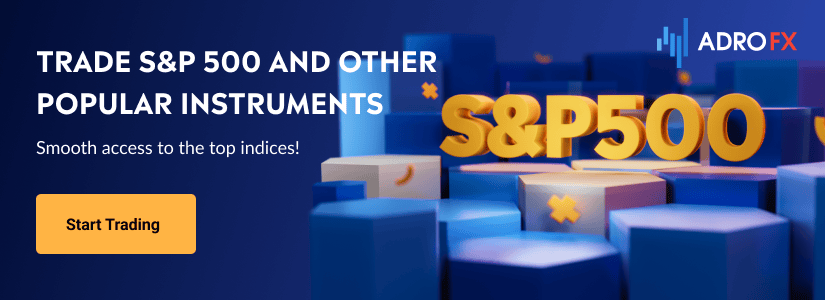
About AdroFx
Established in 2018, AdroFx is known for its high technology and its ability to deliver high-quality brokerage services in more than 200 countries around the world. AdroFx makes every effort to keep its customers satisfied and to meet all the trading needs of any trader. With the five types of trading accounts, we have all it takes to fit any traders` needs and styles. The company provides access to 115+ trading instruments, including currencies, metals, stocks, and cryptocurrencies, which make it possible to make the most out of trading on the financial markets. Considering all the above, AdroFx is the perfect variant for anyone who doesn't settle for less than the best.

